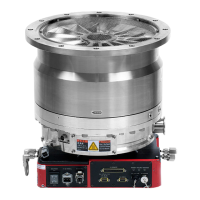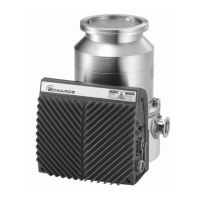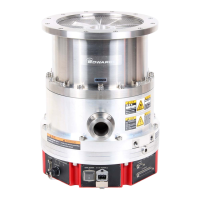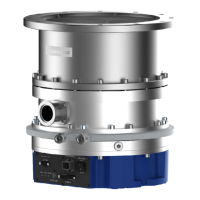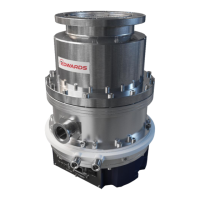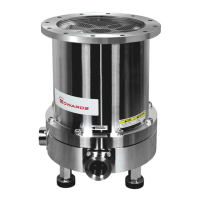CAUTION
When pumping reactive or corrosive gas, including hydrogen, introduce a purge gas to protect the
inside of the STP pump. Otherwise, it may result in product damage.
High pressure at the inlet port may result in noise. However, it is not an abnormality or error.
4.2 Cooling the STP pump
When pumping gases or performing baking, always cool the STP pump. If the TMS unit is used, cool
the STP pump with the method specified for the TMS unit.
4.2.1 Water-cooling method
Follow the below instructions:
• Connect the hoses properly to prevent water leaks. Refer to Section 2, "TECHNICAL DATA",
for the TMS unit condition.
• Use clean water as much as possible. Cooling water containing foreign materials can corrode
or clog the cooling water pipe. When the cooling system is clogged with foreign materials, clogs
may be removed by flowing cooling water in reverse.
• When the STP pump is not to be used for a long time or be moved after use, introduce
compressed air from one side of the cooling water port not to remain water inside.
• When the STP pump is overheated due to a shortage or suspension of water, the protective
function detects the overheated condition in the STP pump and stops the STP pump.
For safety, attach a flow switch to the cooling water exit to stop the STP pump if abnormal
cooling water flow occurs (A flow switch is available on the market).
• The joint for the water-cooling unit is made of stainless steel. To prevent corrosion, connect the
stainless steel joint.
Note: Refer to Section 2.2.3, "Water cooling use condition", for the water-cooling unit.

